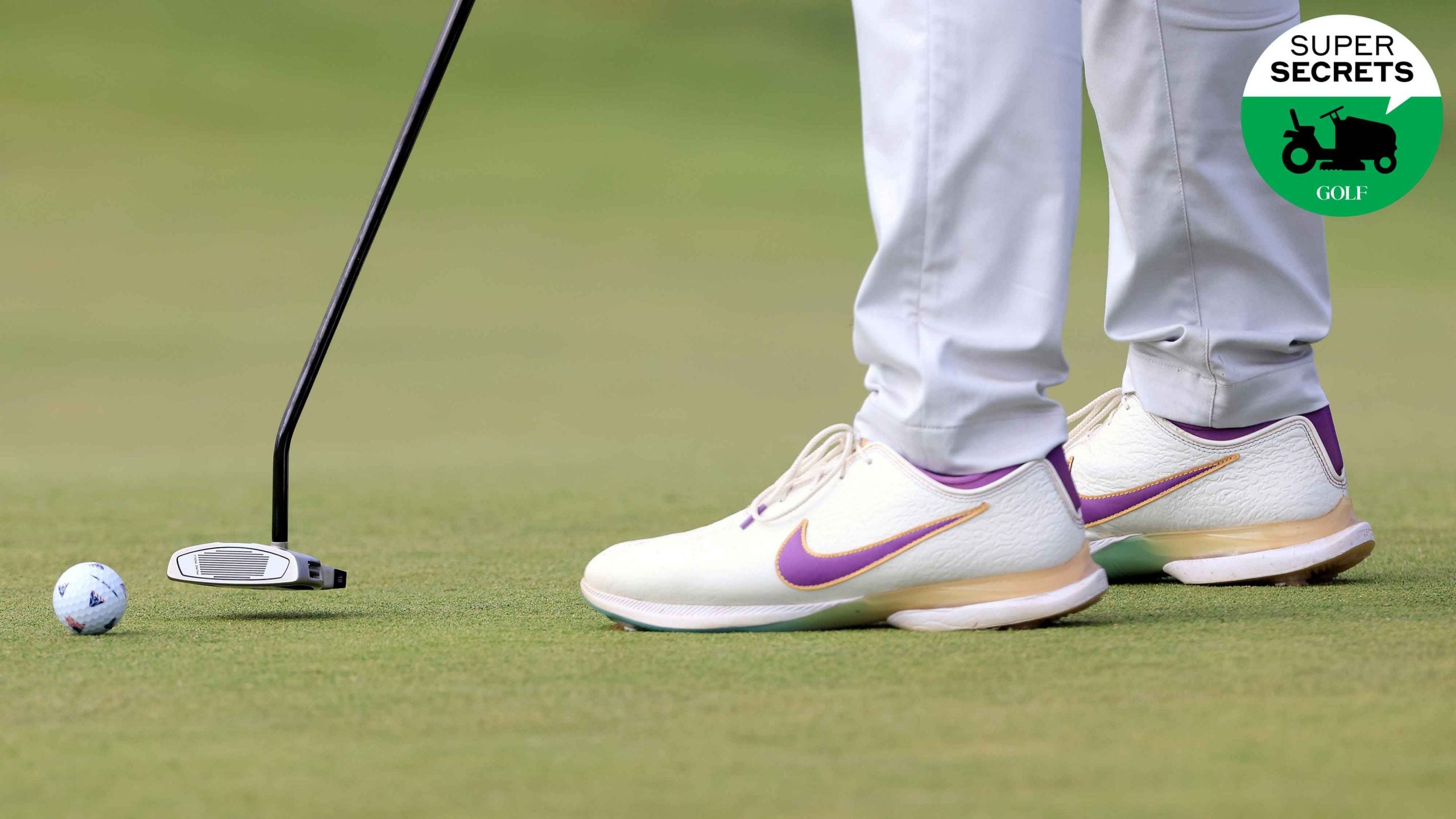In the run-up to the 2021 U.S. Open, a lot of agronomic chatter revolved around kikuyu, the grabby grass that populates the fairways and rough at Torrey Pines. But now that the tournament is underway, a good deal of the turf-talk has turned to poa, as in poa annua, which, along with bentgrass, makes up Torrey’s greens.
“Was it the poa that got him there, Zinger?”
“It sure was, Dan.”
Exchanges of that kind are bound to grow more common as the competition draws toward its Sunday close.
Which raises the question: What, exactly, is poa? Why is it a subject of such interest?
As the superintendent of George Wright Golf Course, just outside Boston, Len Curtin has plenty of experience with poa. He has also volunteered with the USGA to help with a number of championship setups.
In preparation for a weekend of a U.S. Open-watching, we asked Curtin to fill us in on this much-discussed varietal. Here are 4 of poa’s defining traits.
1. It’s high maintenance
“Poa is the diva of grasses,” Curtin says. It’s shallow-rooted, fussy about temperature, demands a lot of water and is readily susceptible to pests and disease. A cold winter will wipe it out (in fact, poa struggles when the mercury drops below around 45 degrees, Curtin says). So will a searing summer. Temperate climates. That’s what poa likes. Which helps explain its prevalence in coastal California.
2. It’s invasive
In turf-care circles, poa is widely regarded as a weed. “No one plants it,” Curtin says. Often, it gets tracked onto greens on golfers’ shoes. But even placing down an object as small as a ball mark can be enough to introduce poa seeds. “I don’t care what you do,” Curtin says. Some courses try to keep it out. But in most instances, that’s a losing a battle. “If you’ve got a course in a temperature climate, I don’t care how good you are or how much money you spend,” Curtin says. “At some point or another, you’re going to have some poa in your greens.”
3. It can be pristine
Under the right care and environmental conditions, “poa might be the best putting surface around.” Pebble’s greens are poa. So are the famously pure putting surfaces at Oakmont. “There’s absolutely no shame in having poa at a U.S. Open venue,” Curtin says. “The trick is keeping it alive and in good condition.”
4. It can pose problems
Watch enough golf, and you’re bound to hear this Tour-pro complaint: poa greens get bumpy as the hours go by. That’s true. They can. For a few reasons. For starters, different grasses grow at different speeds. So when poa and other varieties are in the mix, inconsistencies can crop up by the end of the day.
What’s more, poa is what’s known as a “bunch grass.” It grows in little clusters that Curtin likens to broccoli, unlike, say, bentgrass, which grows more laterally. That’s another source of late-day bumpiness.
Then there’s this: Poa tends to hold footprints longer than some other turf varieties. This can happen when the greens are soft and wet, but also when they’re firm and fast, which is how the USGA aims to get them for the U.S. Open. In most respects, firm and fast is welcome; it’s great way to challenge the world’s best players.
But poa gets thirsty quickly. “It’s going to be the first grass to wilt,” Curtin says. “And when it wilts, it will footprint like crazy.”
Not that any of this should put a downer on your weekend. Consider Tiger’s putt on the final hole on Sunday in 2008, bumping and rolling toward the cup. What would you give to see something like that again?
